(This article was updated on June 15, 2025) From Incantation (2022) to Under the Shadow (2016), here are the best horror movies on Netflix right now.
Horror on streaming platforms is a mixed bag. For every gem, there’s a dozen forgettable jump-scare factories. And yet, in 2025, Netflix has quietly leveled up. While Shudder still dominates the niche, Netflix’s horror catalog now blends buzzy originals with hard-hitting international picks and a few overlooked classics. Last year, it had classics like The Shining, Jaws, Scream, etc. alongside modern horror classics like Don’t Breathe (2016) and A Quiet Place (2018).
Now, a lot of good horror films are changing out quickly from the library. The standouts vanish overnight, only to be replaced by limp fillers like Ghost Ship (2002), Wounds (2019), The 3rd Eye (2017), Fantasy Island (2020), and The Seventh Day (2021)—films that mistake loud noises for dread. But not all hope is lost.
There’s still bite in the catalog. Crowd-pleasers like the Fear Street trilogy and Day Shift deliver genre staples with slick production and knowing winks. More rewarding, though, are the underseen titles: Under the Shadow and Ouija: Origin of Evil—films that slip in under the radar but linger long after. And Netflix’s original horror series (Midnight Mass, All of Us Are Dead, Hellbound) continue to push boundaries, reminding us the platform can still surprise.
Very quickly then, here are some of the best scary movies on Netflix right now (streaming as of June 15, 2025):
WATCH: 10 Horror Films Ignored by the Oscars
Best Horror Movies On Netflix
1. Heart Eyes (2025)
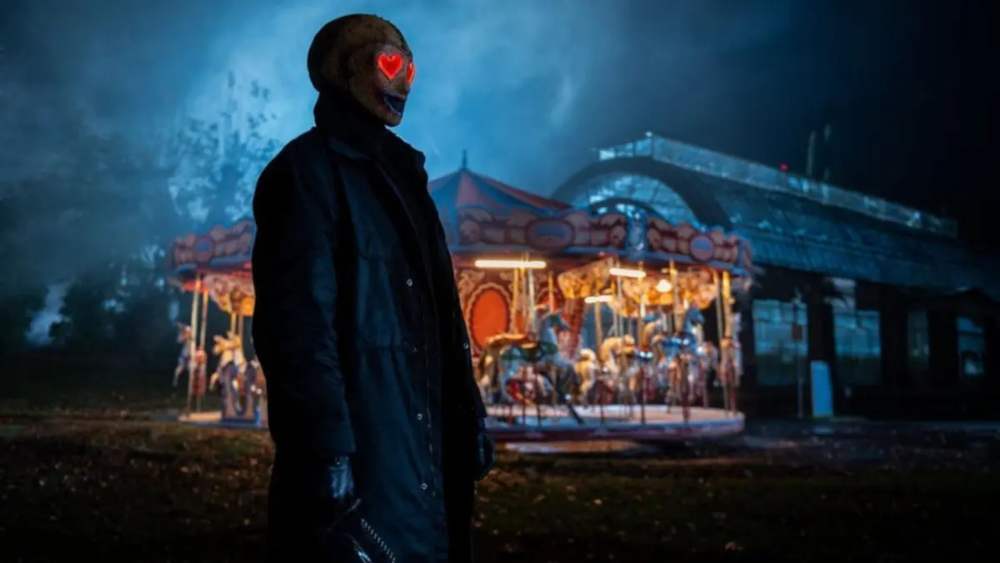
In Heart Eyes, director Josh Ruben orchestrates a gleeful collision between rom-com charm and slasher brutality. Set against the backdrop of Valentine’s Day, the film follows Ally (Olivia Holt), a disenchanted ad designer, and Jay (Mason Gooding), a charismatic consultant, who find themselves targeted by a masked killer preying on couples.
The film thrives on its genre-blending audacity, delivering both heartfelt chemistry and inventive gore. Holt and Gooding’s performances anchor the story, providing sincerity amidst the chaos. The killer’s distinctive heart-eyed mask adds a memorable visual flair, enhancing the film’s thematic juxtaposition of love and violence.
While some plot twists may stretch plausibility, Heart Eyes compensates with its energetic pacing and self-aware humor. It’s a bloody valentine that manages to satirize and celebrate its genres in equal measure.
2. Incantation (2022)
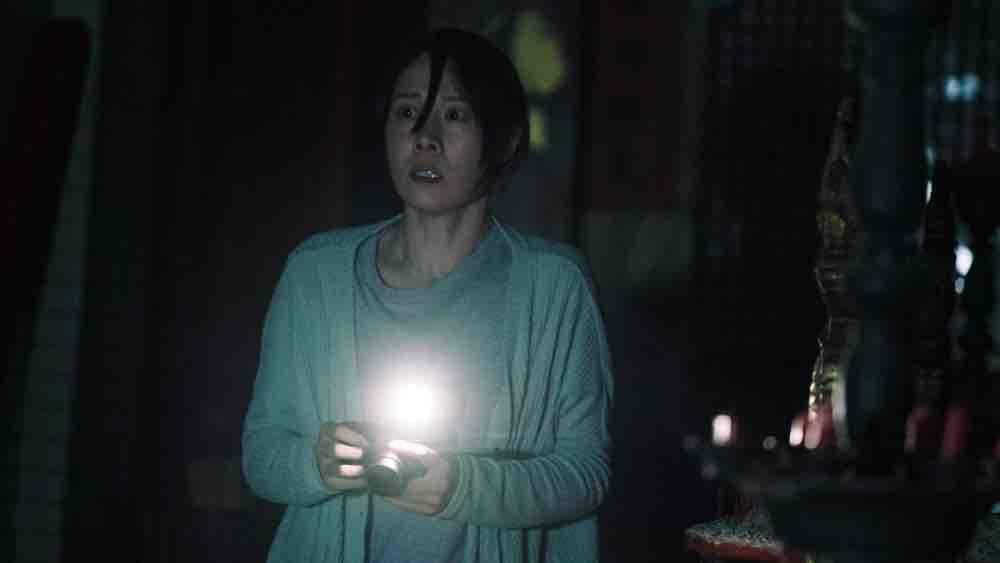
Kevin Ko’s Incantation takes the found-footage horror formula and gives it a distinctly Taiwanese twist—rooted in folklore, steeped in dread. The story cuts between two timelines but centers on Ronan, a young mother still reeling from a curse she triggered six years earlier while filming a ghost-hunting video for YouTube. Now, the curse has resurfaced, and it’s her daughter Dodo who’s in danger.
What sets Incantation apart isn’t just its scares, but how it layers them. Like The Wailing or The Medium, it taps into cultural superstition with eerie conviction. And like J-horror Noroi: The Curse, it knows how to make the found-footage gimmick work—pulling you in, unsettling you frame by frame. The pacing stumbles here and there, but the imagery sticks.
3. The Platform (2019)
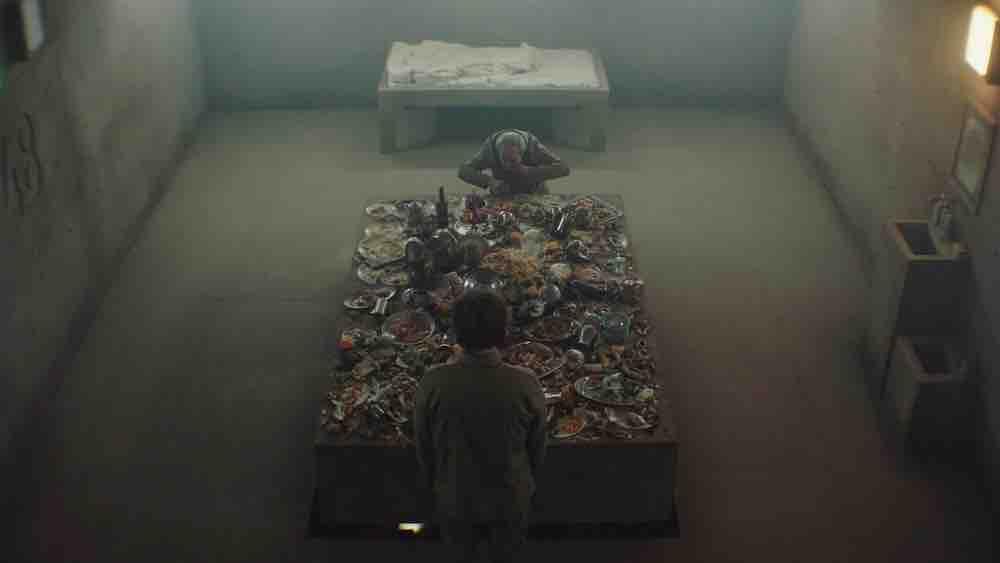
The Spanish science fiction horror is a stark commentary on social inequality and the pitfalls of capitalism. The story takes place in a vertically-stacked prison, where inmates on each level receive a platform of food that descends from the top. As the platform moves down, the inmates on higher levels gorge themselves on food, leaving nothing for those below. The central character, Goreng, navigates this brutal system with varying degrees of success, revealing the human cost of societal inequality.
The Platform is a disturbing and thought-provoking movie that shines a light on the brutal reality of modern-day capitalism. The film’s use of a single location and a small cast of characters creates claustrophobia that amplifies the tension and horror. The performances are strong, with Ivan Massagué delivering a standout performance as Goreng. The film’s message is not subtle, but it is undeniably powerful, leaving viewers with much to ponder long after the credits have rolled.
4. Upgrade (2018)

Leigh Whannell’s pulpy sci-fi/horror leans into slick gore and a likably grounded protagonist. Set in a near-future of smart A.I. and self-driving cars, it tracks Grey Trace—a rugged mechanic left quadriplegic after a brutal mugging kills his wife. Enter a reclusive tech mogul with a pitch: a prototype AI implant. Surgery follows.
The chip reconnects Grey’s brain to his body—along with something darker. As the AI begins steering his revenge, things unravel fast. Whannell blends B-movie mayhem with sleek, retro-future dread. The action is inventive, the violence gleeful. It’s not deep, but it doesn’t need to be. Upgrade is lean, mean, and a good time—until the AI takes the wheel.
5. Cam (2018)
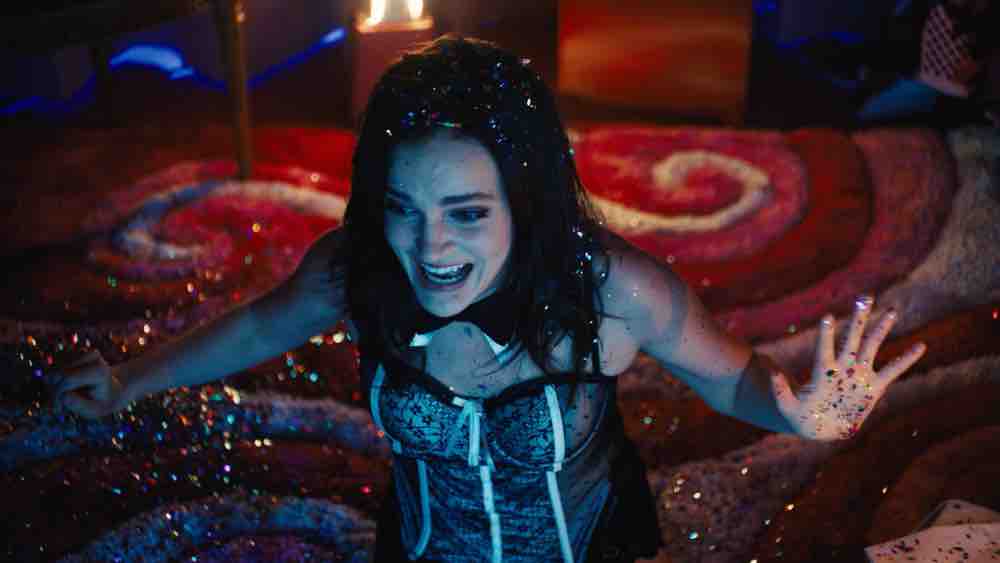
The sharp techno-horror hinges on a standout performance by Madeline Brewer, who plays a cam girl whose identity is hijacked—literally—by a mysterious doppelgänger. As her online persona is replicated and weaponized against her, the film slides into a nightmare where the boundaries between self, screen, and surveillance collapse.
Written by Isa Mazzei, drawing from her own experience in the industry, Cam doesn’t just dabble in horror—it dissects the mechanics of digital sex work with empathy and insight. The scares here aren’t cheap; they’re existential. What happens when the version of you that earns a living starts making choices you didn’t approve?
Despite a slightly tidy ending, Cam is a bold, unnerving film that examines agency, identity, and exploitation in the algorithm age. It’s horror with a mirror—and it stares back.
6. The Haunting of Hill House (2018)
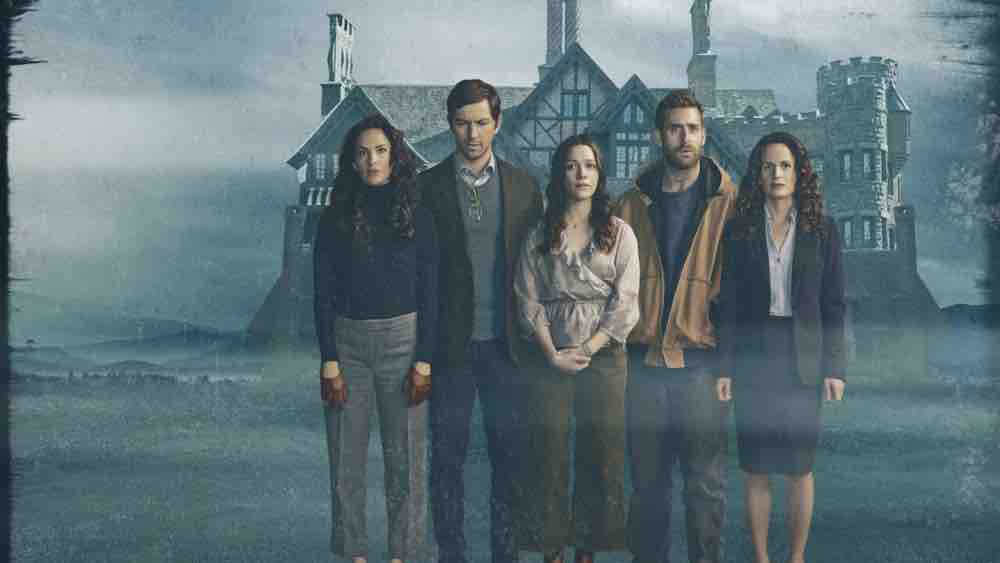
This Netflix original is a masterclass in structure and storytelling. The Haunting of Hill House blends psychological trauma with supernatural terror, crafting scares that linger not just in the dark but in memory.
What sets it apart is its precision: scenes are revisited with new perspective, revealing emotional truths beneath the horror. As past and present fold into each other, the show becomes less about ghosts and more about the ones we carry.
It’s tightly written, deeply affecting, and far more interested in grief and memory than cheap thrills—though it delivers those too, when it wants to.
7. Gerald’s Game (2017)

The psychological thriller Gerald’s Game, directed by Mike Flanagan is based on a Stephen King novel of the same name. A romantic weekend getaway turns into a nightmarish struggle for survival for Jessie (Carla Gugino) after her husband Gerald (Bruce Greenwood) falls dead and she’s left handcuffed to the bed in the remote cabin. As Jessie struggles to survive and escape, she confronts her inner demons and traumatic memories.
Gugino gives an outstanding portrayal as Jessie, convincingly embodying her physical and emotional pain. Gerald’s Game also manages to explore complex themes such as trauma, abuse, and the power dynamics in relationships.
However, some viewers may find the movie’s graphic and disturbing imagery tough to handle. The film’s slow pacing may not appeal to those looking for more action-oriented horror.
8. Ouija: Origin of Evil (2016)
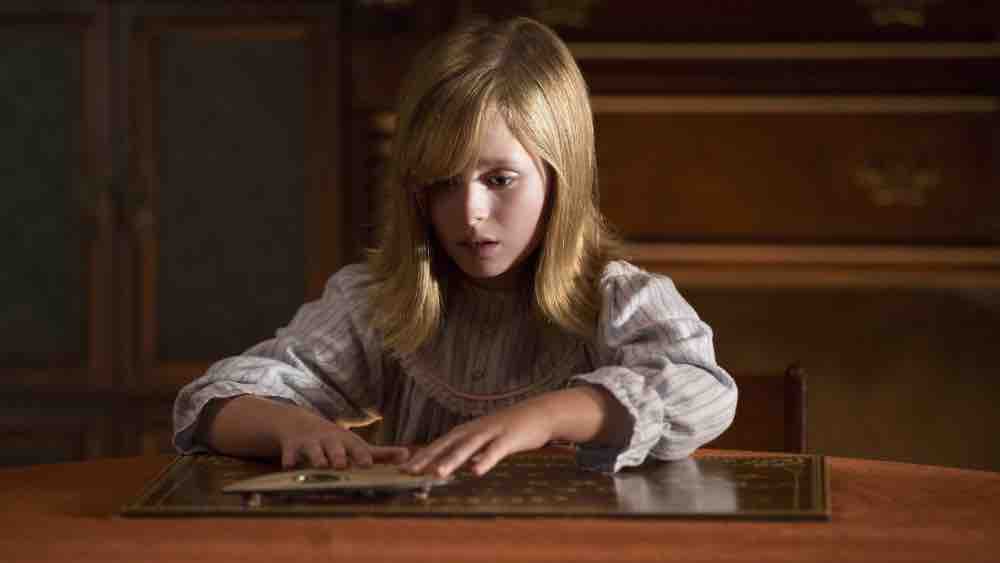
A prequel to the 2014 Ouija, Origin of Evil is a well-crafted horror that succeeds in both scaring its audience and telling a compelling story. Directed by Mike Flanagan, the movie takes place in the late 1960s and tells the story of a widowed mother and her two daughters who use a Ouija board to scam people into thinking they can communicate with their deceased loved ones, only to unwittingly invite an evil spirit into their home.
The film boasts a strong cast, including Elizabeth Reaser as the mother, Lulu Wilson as the younger daughter, and Annalise Basso as the older daughter. The performances are all solid, with Wilson in particular standing out as the creepy and disturbed youngest daughter.
What sets Origin of Evil apart from its predecessor is its focus on character development and atmosphere. Flanagan takes his time setting up the story and building tension, making the eventual scares all the more effective.
9. Under the Shadow (2016)
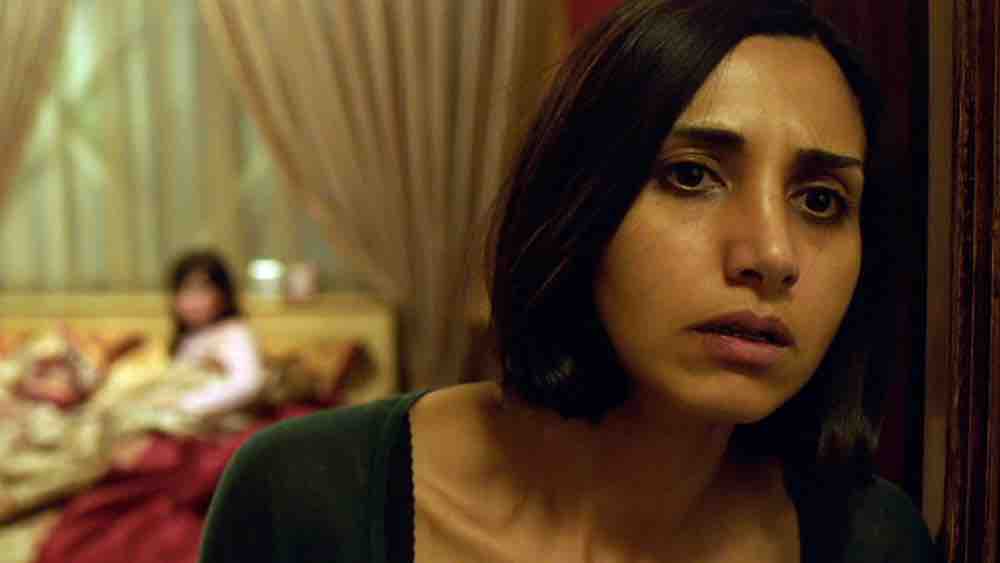
In Under the Shadow, the true horror isn’t just the supernatural—it’s the quiet unraveling of a woman caught between war, patriarchy, and paranoia. Set in 1988 Tehran, during the tail end of the Iran-Iraq war and under the shadow of Khomeini’s regime, the film follows a mother and daughter trapped in their crumbling apartment, as an unseen force—possibly a Djinn—begins to haunt them.
Director Babak Anvari masterfully blurs the lines between political dread and supernatural fear. The scares aren’t loud—they creep in, frame by frame, through flickering lights and whispered folklore. Rather than rely on shock, Anvari builds a slow, suffocating tension that mirrors the social repression surrounding his characters.
The result is a smart, deeply unsettling film, grounded by sharp performances—especially young Avin Manshadi.
10. ARQ (2016)
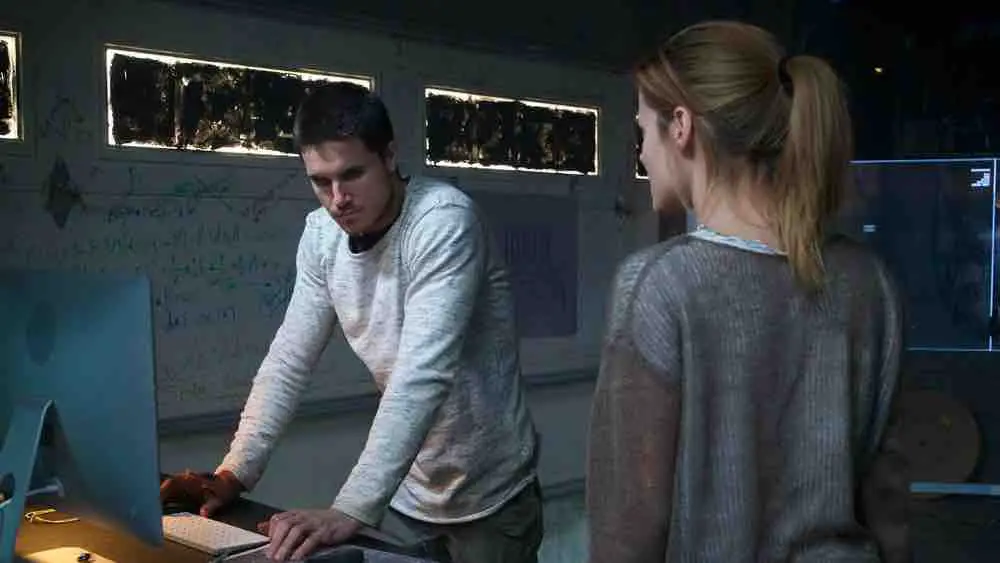
Netflix’s ARQ is a lean, low-budget sci-fi horror that traps its characters—and viewers—in a high-stakes time loop. Set in a bleak future ruled by faceless corporations, the film unfolds almost entirely inside a single house, with just a handful of characters and an ever-repeating morning that spirals into chaos.
The premise echoes Groundhog Day, but trades comedy for paranoia and violence. While the loop mechanic is clever and the pacing tight, the film stumbles with thin character work and occasionally stiff performances. There are plot holes but the tension rarely lets up.
Despite its flaws, ARQ makes smart use of its limited scope. It’s a compact, no-frills thriller that keeps the stakes high and the clock ticking. If you’re into stripped-down, mind-bending sci-fi with a touch of horror, this one’s worth a look.
11. Creep (2015)
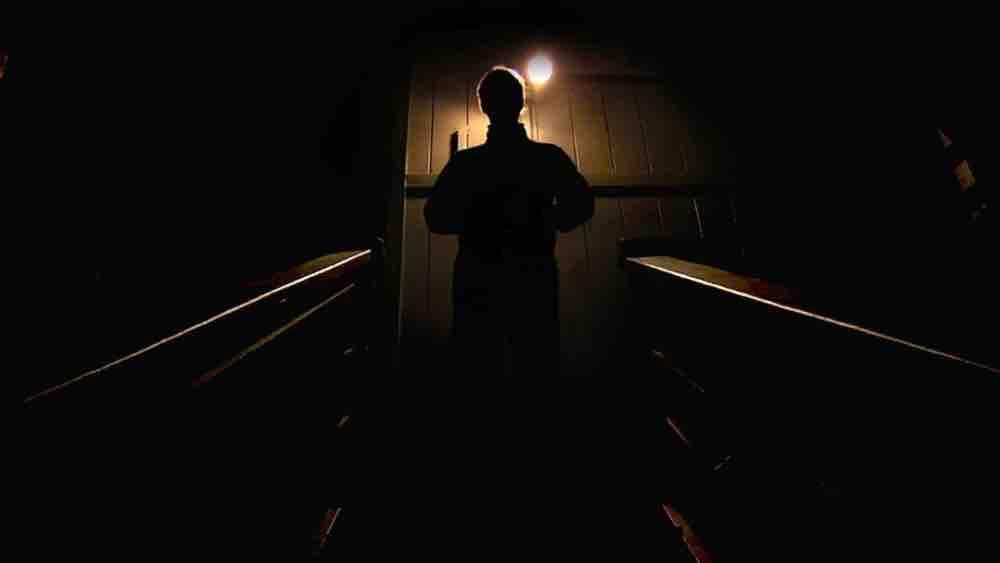
Creep is a minimalist horror film that earns its title the old-fashioned way: one man, one camera, and one unnervingly weird stranger. Aaron, a well-meaning videographer, answers a Craigslist ad posted by Josef—a terminally ill man, or so he says—who wants to record a message for his unborn son. What follows is a slow spiral into discomfort, then menace.
Patrick Brice’s debut skips the usual jump scares. Instead, it simmers. The dread builds quietly, undercut now and then by a jolt of pitch-black humor. Mark Duplass is magnetic as Josef—by turns vulnerable, bizarre, and flat-out terrifying. He’s so convincing, you forgive the film’s rough edges. Like its title, Creep is simple, unsettling, and hard to shake.
12. Psycho (1960)
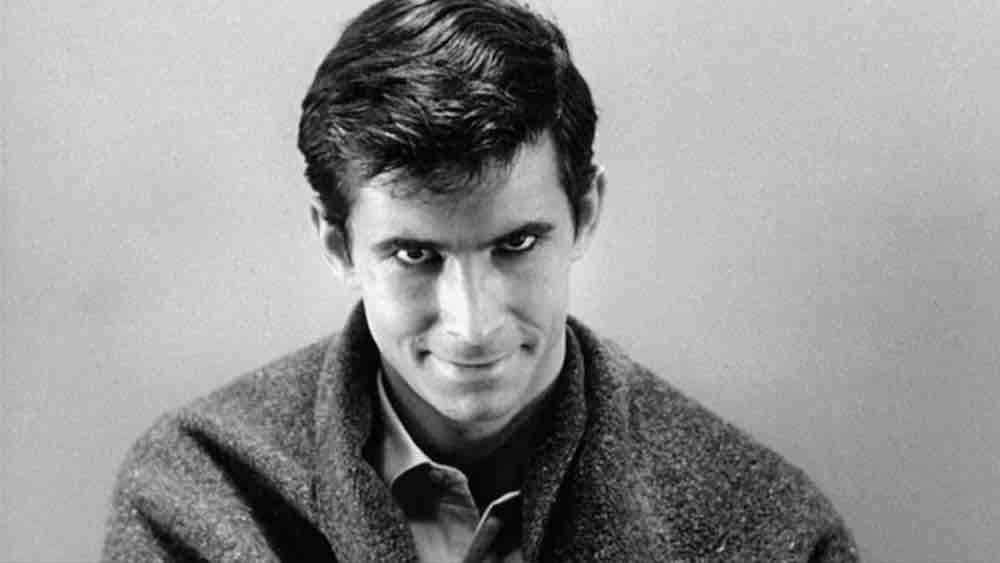
Alfred Hitchcock somewhat abandoned his sardonic humor and refined tone to make this grittier, creepier monochromatic film. Psycho follows a desperate real-estate secretary Marion Crane (Janet Leigh), who embezzles a large sum of money, and goes on the run to start a new life with her lover Sam (John Gavin). Marion ultimately ends up at a remote motel. It’s run by a strange, unsettling man named Norman Bates (Anthony Perkins), who lives with his domineering mother in the creepy mansion opposite the motel. After a brief chat with Norman, Marion retires to her room. Meanwhile, Marion’s sister Lila, lover Sam, and a private detective try to learn Marion’s whereabouts. However, Marion is never seen again.
Psycho is a boundary pushing film, not just for its iconic shower scene. Every little inventive camera angle, small Hitchcock-ian touches, and the rich subtext offered moviegoers something they’d never witnessed in cinema before. Apart from Hitchcock’s genius, the most admirable element of Psycho is Anthony Perkins’ magnificent performance. He is believable as the tortured young man with a devious inner personality.
Conclusion
There we are! These are some great scary movies streaming on Netflix right now. If you are done with these, check out They Cloned Tyrone (2023), The Ritual (2017), Alive (2020), His House (2020).
Additional writing by Soven Trehan and Shreyas D.S.

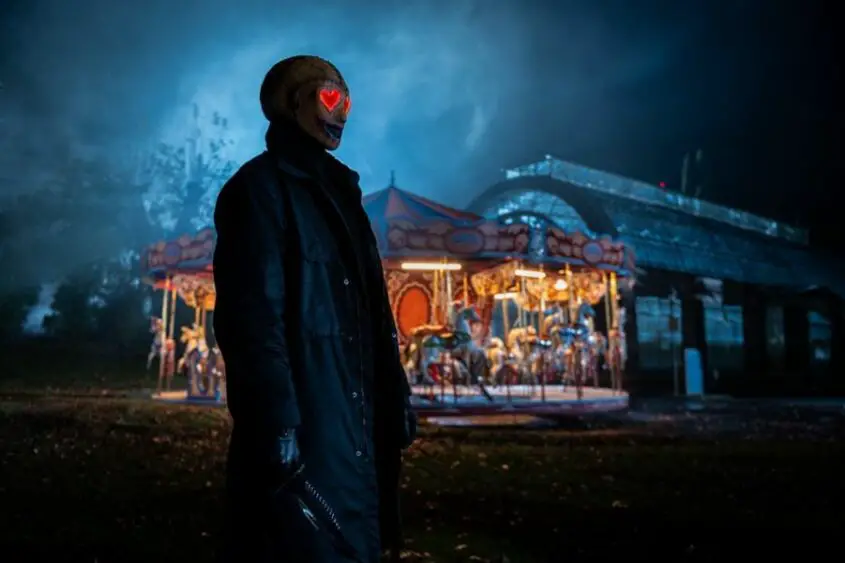
4 thoughts on “12 Best Horror Movies On Netflix (June 2025)”
Comments are closed.